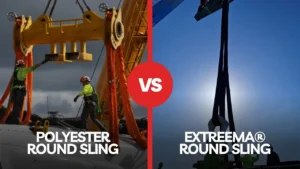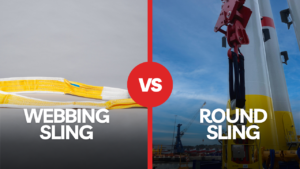Round slings are an essential component in various lifting and rigging applications. They are valued for their flexibility, strength, and versatility. However, like any other equipment, sometimes round slings can sustain damage over time, compromising safety and hindering project progress. In this informative article, we will explore the reasons behind round sling damage, why immediate disposal isn’t always necessary, and how to repair and maintain round slings to ensure a safer and more cost-effective operation.
Round Sling Damage
First, it is essential to delve further into the specific causes of damage and the factors that may contribute to it. Here, we’ll explore some additional factors that can compromise the integrity of round slings:
Cutting
In certain lifting operations, round slings may come into contact with sharp-edged materials (e.g. coils), dragged across sharp objects, and the presence of foreign objects or debris near the sling can potentially lead to damage. Such contacts can cause cuts or abrasions, gradually weakening the material.
Holes
There are circumstances in which the sling material can be punctured. In industrial environments, there’s a risk of encountering protruding objects. The D/d ratio, which relates to the ratio of sling diameter to the minimum bend radius, is also critical. If this ratio is too small, it can cause stress concentrations, leading to damage over repeated use.
High Temperatures
Sling damage can also occur when exposed to high-temperature environments such as welding operations. Charring and weld spatters can stick to the sling, compromising its strength.
Abrasion
The constant abrasion from dragging round slings along rough or damaged connection surfaces (e.g., hooks with grooves caused by steel cable) can cause wear and tear, especially on the outer layers. Also, in operations where round slings are used extensively and frequently, they may wear out faster due to the cumulative effect of abrasion.
Discoloration, Sticky, and/or Moist/Weak
Prolonged exposure to sunlight and UV radiation can cause discoloration and degradation of the sling material over time. Another aspect that can affect the sling material is the contact with fluids and chemicals like grease and oil. It’s essential to check compatibility with these substances and check with manufacturer datasheets for guidance.
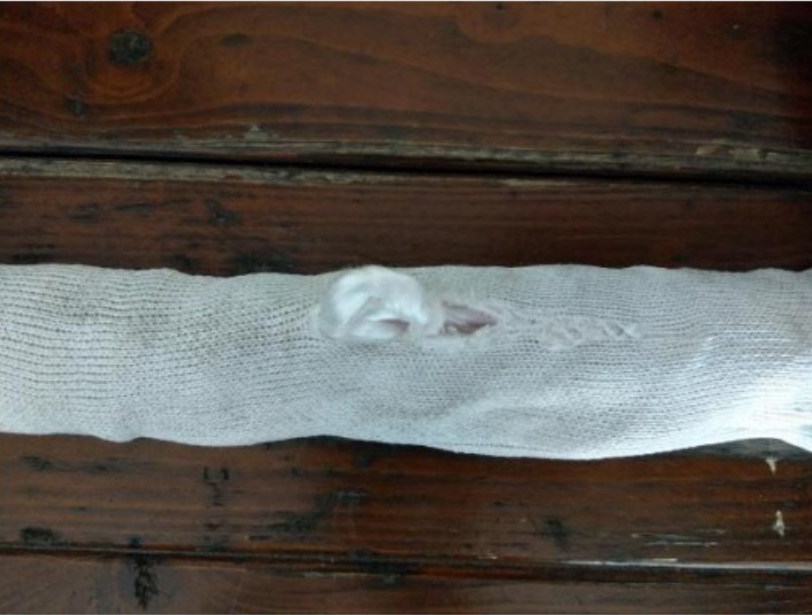
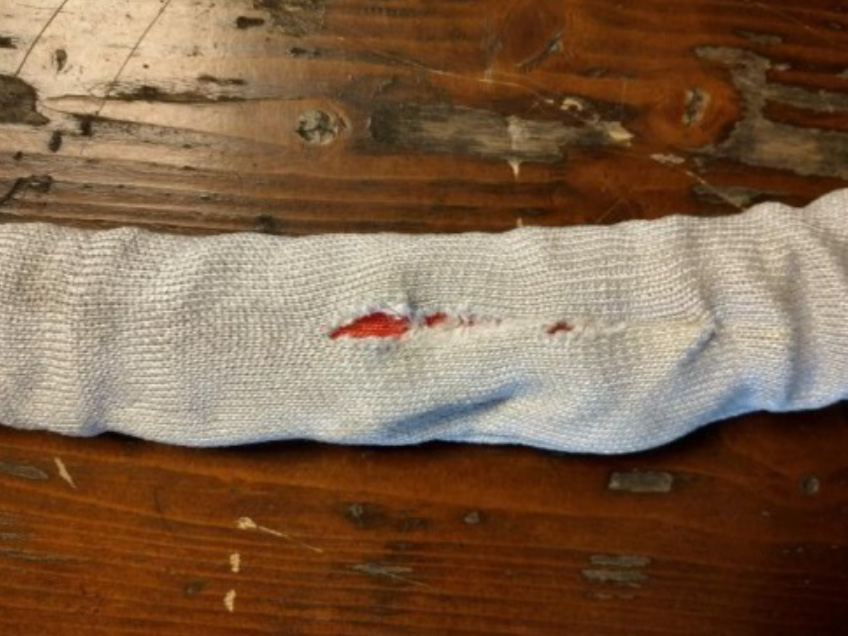

Economical and Eco-Conscious: Repairing Round Sling Damage
Only some people know that damaged round slings need not be discarded immediately, which also significantly contributes to the sustainability of these slings. When individuals dispose of round slings with minor damage, it might seem like a quick solution, but it results in a substantial waste of resources. The disposal of damaged slings contributes to landfill waste, which is a growing environmental concern. Repairing slings extends their lifespan, reducing the frequency of removal and easing the burden on landfills. It is not only better sustainably but also economically. Repairing round slings can be more cost-effective than purchasing new ones, making it a financially wise choice for businesses while aligning with sustainability goals.
Assessing Round Sling Damage: A Crucial Step
It is essential to assess the extent of damage before making any decisions. Here are some critical factors to take into account:
- Visible Damage: When you examine a round sling for damage, evaluate the visibility of the issue. If you observe superficial damage like minor abrasions or fraying on the outer layers that doesn’t compromise the inner core, there’s a good chance that you can effectively repair the sling.
- Core Integrity: Go deeper by inspecting the inner core of the sling. If the core remains intact and undamaged despite visible wear on the outer layers, pursuing repair as an option becomes considerably more viable. The structural integrity of the core is fundamental to the sling’s overall strength.
However, it is of utmost importance to stress that repairing round slings should be exclusively entrusted to individuals with proper training and certification in sling repair. These experts possess the necessary knowledge and skills to ensure the repair process is carried out safely, adhere to industry standards, and effectively restore the sling’s functionality and safety.
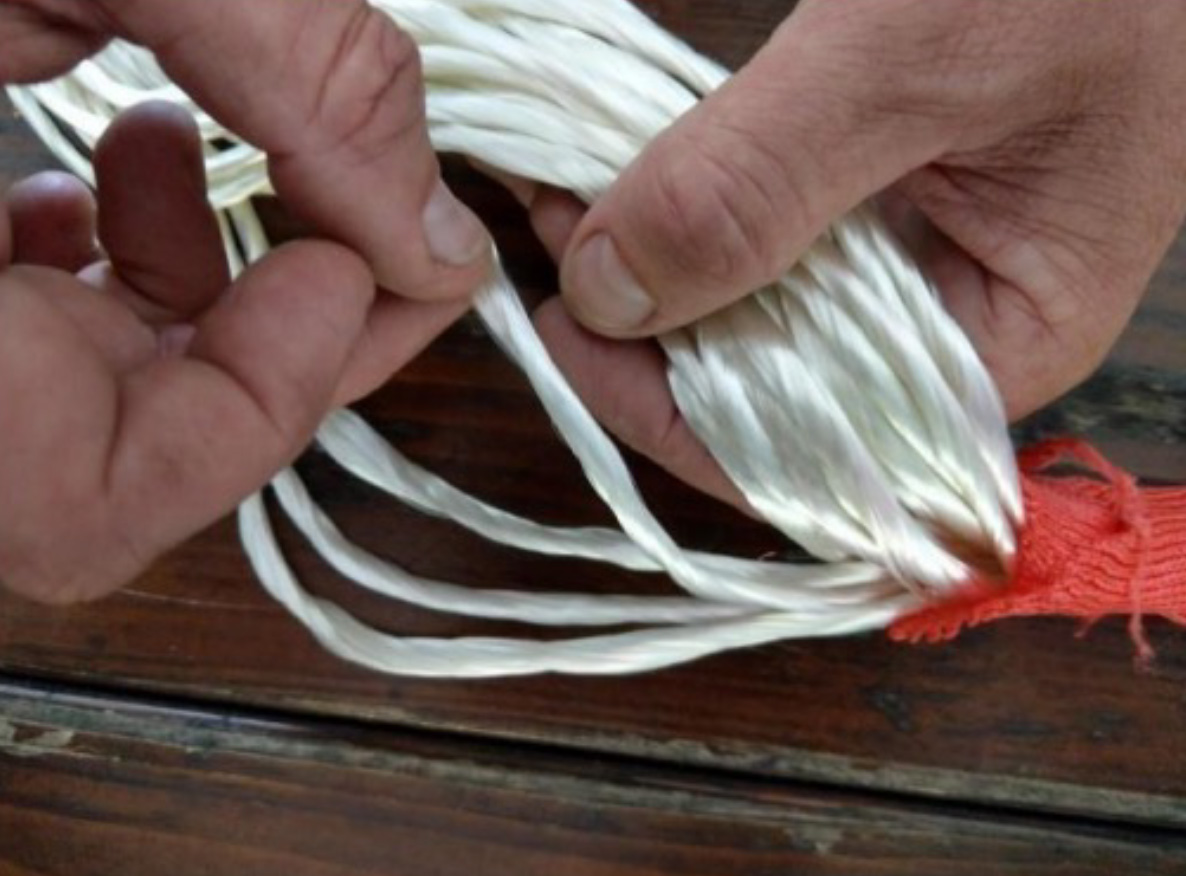
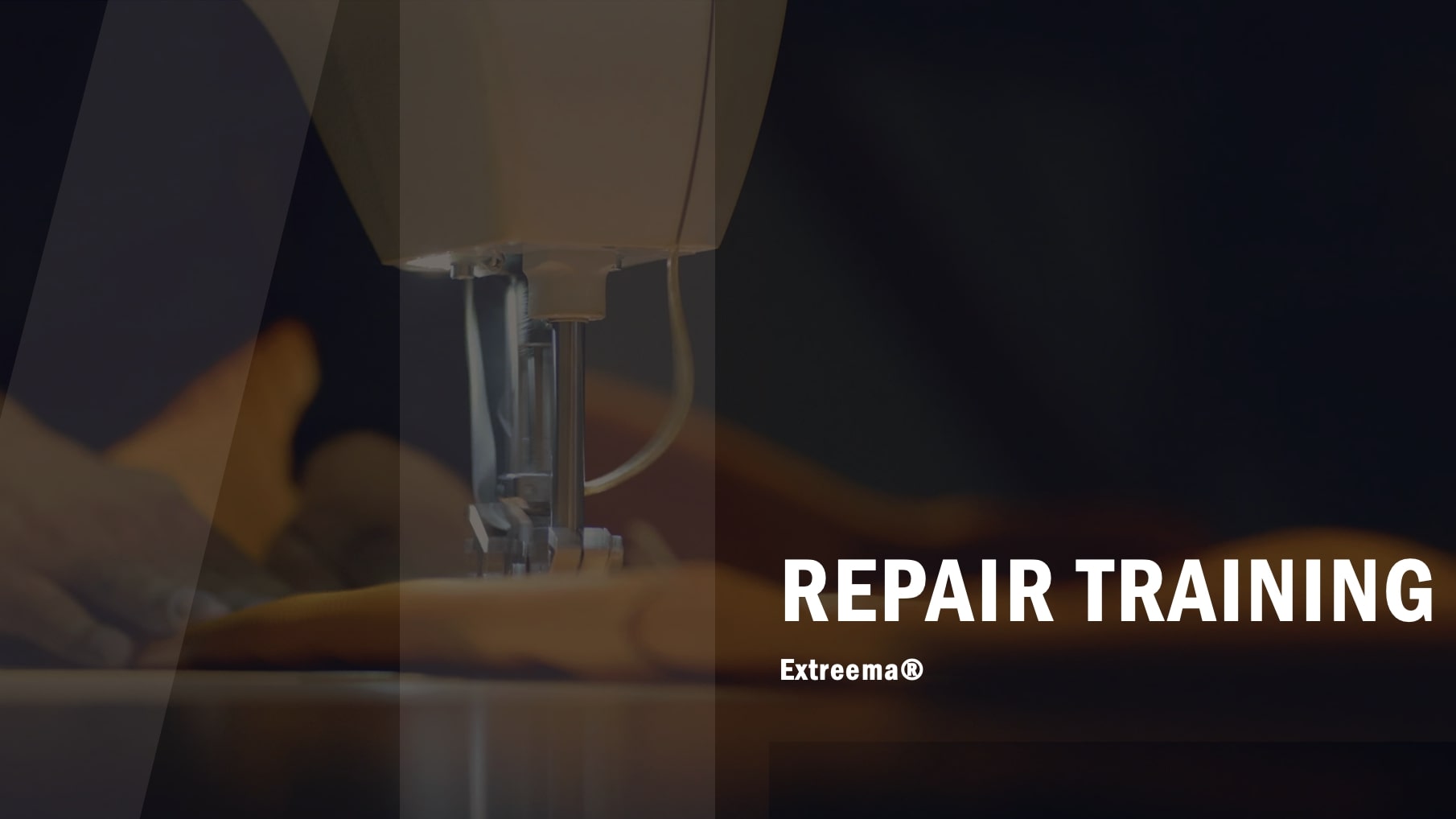
Solutions: Sling Repair and Training
In our commitment to providing comprehensive support and solutions to our valued customers, we understand that the maintenance and repair of round slings are essential for ensuring safety and operational efficiency. So, that is why we offer repair options tailored to your specific needs. Whether it is on-site repairs to minimize downtime or equipping your team with the skills needed for inspection and minor maintenance, we aim to empower your organization while promoting a culture of safety and responsibility.
- On-Site Repairs: Minor repairs can sometimes be performed on-site, minimizing project downtime and delays. Our trained technicians can assess the sling’s condition, determine the extent of damage, and conduct necessary repairs while adhering to safety standards.
- Repair Training: We offer training to your team members on inspecting and repairing round slings, which can be a cost-effective solution. Empowering your personnel to perform minor repairs when appropriate promotes a culture of safety and responsibility within your organization.
Empowering Your Success: How We're Here to Support Your Sling Safety and Efficiency
Our devotion extends beyond providing high-quality round slings; we aim to empower your organization to ensure the round slings longevity and safety. Not all damaged round slings need immediate disposal, aligning with sustainability principles. Repairing instead of replacing contributes to resource conservation, reduced waste, and long-term cost efficiency.
Assessing damage is essential, and our professionally trained technicians are ready to help. We also offer on-site repairs to minimize downtime and training programs for your team members, fostering a culture of safety and responsibility within your organization.
Our goal is to empower you to make informed decisions, ensuring the longevity and safety of your round slings. Together, we can promote safety, efficiency, and sustainability in lifting and rigging operations.


